About the MICV 70 program
The development of the first US Infantry Fighting Vehicle (IFV) was a very long process started during the Vietnam war (on its early phase) and spanning entire decades, up to 1980 when it culminated with the M2 Bradley. The development went through two major evaluation programs, MICV () 65 and MICV 70. The very start of it was an attempt to upgrade the M113. The prototypes made for MICV 65, XM 734 and XM 701 and 765, alongside the M114A2, a heavily armed variant of a lighter 4-axles vehicle recalling the M113, all were evaluated but ultimately failed. The common consensus, especially compared to the heavily armed BMP-1 developed in USSR, was that the M113 chassis or any vehicle reusing most of it were just too small, underpowered to carry the armament required and the protection to go with it.MICV 70 program was born from August 1968, Army CoS General William C. Westmoreland Study Group called "Casey Board" examining the MICV concept and making weight and cost reduction recommendations. The XM765 was rejected and the Army contracted FMC for a better vehicle. By April 1972, the Casey Board called for a new program for comparative testings called the MICV70. In all six companies participated, both with wheeled and tracked vehicles and in the end, three were selected. They were sked to replace both the M113 and M114, but focused more of the second, tailored for reconnaissance.
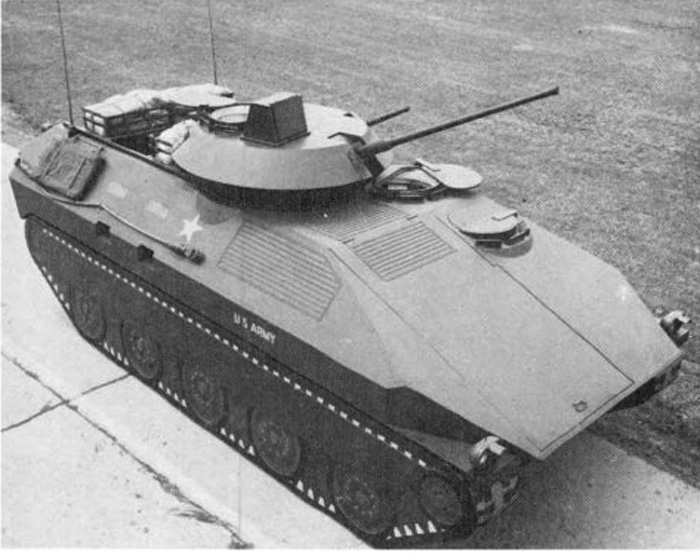
MICV 70 mockup
The XM-800 program
Alonsgide the XM 723 program from FCM, the XM800 Armored Reconnaissance Scout Vehicle project was initiated in 1972 (it can be seen as a far away start leading to the M3 Bradley). 22 May 1972 saw FMC associated with Lockheed Missiles and they were asked to deliver four tracked and four wheeled prototypes, all with limited crew aboard but heavy armament including TOW missiles. The last vehicles were tested by November 1973. The tracked XM800 were delivered separately for comparisons from Lockheed and FMC. General DePuy asked the teams if these were survivable wot adequate crew size...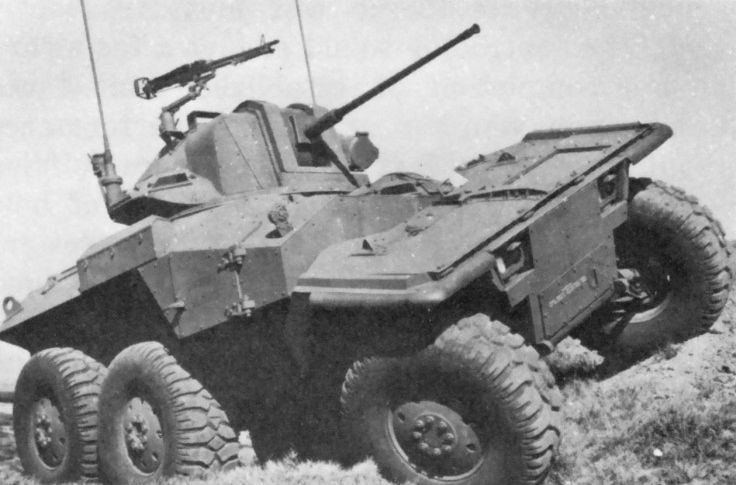
Rival Lockheed 6x6 armoured car with model 2 turret.
Two different vehicle designs were presented, the Lockheed XM800W ("W" for wheeled) which was an unconventional chassis with articulated 6×6 axles, an armored car. FMC meanwhile stuck with a tracked vehicle called the XM800T (T standing for track), the fully tracked version. This is the object of the present article. Both models initially featured the same turret hosting the licenced-built M139, derived from the Hispano-Suiza HS.820 20 mm autocannon and an adapted M60 on pintle mount over the cupola. The M139 was in fact to be the main gun for all MICV projects. It was already proven on the M114A2. The XM800W from Lockheed however soon earned a new turret design with the same M139 cannon but reworked upper cover flipping forward so to create a gun shield or closing up when readward.
Design of the XM-800
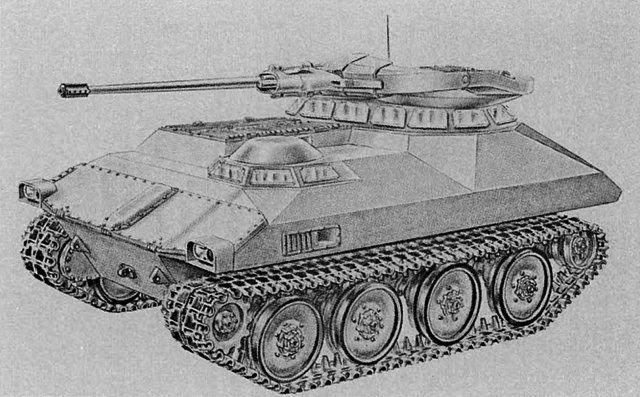
Concept artist 1972
The XM800T Armored Reconnaissance Scout Vehicle (ARSV) was part of the US Army modernization project to replace the mediocre M114. FMC designed it as a well-rounded scout platform, small enough for stealthy recon, and still well armed. Food Machinery Corps (FMC) created a small hull based on four axles, doubled wheels of a smaller model than the M113, revised tracks, and very edgy hull which boxy section only started 60% of her lenght. The welded hull was made of using light armor made of aluminum alloys. The forward section was sloped all the way for better protection, with the drive compartment in the middle, access and drive in road conditions provided by the upwards opening hatch and a set of five periscopes.
The rear compartment hosted a Detroit Diesel Allison 6VT-53T engine, a version of the Sheridan’s engine but down to 270-280 hp and thus more reliable. Combined with its overall weight of 8,618 kg light or 9.5 tons fully loaded, a power-to-weight ratio of around 29 hp/ton. Top speed was 88.5 km/h, reverse speed 40.23 km/h (4+1 speed gearbox). When swimming, propelled by the tracks, it could reach 7.2 km/h.
The vehicle was amphibious as it still possessed a large trim vane forward, folded over opening countaining the lights sets and enough buyoancy. There were only small side skirts forward, acting as mud guards, and attachments points at the rear for another panel. The turret was eight-faceted, well sloped to maximize armour thickness, just large enough for a gunner (left) and commander (right) side by side. The first had a main side and simple hatch, the second had a cupola with eight periscopes. Once the dome-liked rear opening hatch was open, it took place in a ring mount supporting the secondary armament.
The turret had two main radio antennae, and a projector on the left side, but no smoke projectors. Storage was very limited of not inexistant. The main armament consisted in the M139 20mm autocannon, fully stabilized and completed by a small laser rangefinder. Mostly used by German IFVs, still today the Wiesel, this ordnance weighted 66 kg (146 lb) without ammunition for 2,489 mm (98.0 in) in lenght total, 1,727 mm (68.0 in) barrel alone. It fired HE 20×139mm rounds, using a machine-gun type Gas unlocked, delayed blowback operation for 1000 round/min at 1,050 m/s (3,400 ft/s) and to 1,500 m (4,900 ft) on aerial targets, more on land targets, with accuracy. Secondary, M60 Machine gun on a tailored rail-mounted articulated pintle mount which authorized supported fire at all angles quickly.
Fate of the XM-800
Trials showed the tracked XM800T made by FMC at San Jose performed better than the M114 in 1974, but only just. Competitors this year were a gas powered Jaguar Scimitar with 30mm Rarden cannon and turret-less Sheridan. They were notably launched on difficult terrain at Snow Mountain 2-27 FA. The Scimitar became a favourite.Budget cuts in the mid-1970s anyway provoked the collapse of the ARSV program with requirements for a new armored scout platform combined with the MICV program for further developments. General Starry and General DePuy in the end terminated the XM800 program based on poor early trials and tests results overall in 1975. They were even in cases worse than the M113, with degraded mobility, lacked equipment to act as scouts and were costly anyway.
The cancellation in 1975 went all the way to the Congress and white house, as it became a political question with lots of dollars involved for the companies responsible. Lockheed lost to FMC, but FMC still believed they were going to win with the MICV with the XM 765 and XM 723. However in the end, the Army wanted a cavalry organization mirroring an armored division as a light screening force with both tanks and IFVs for an economy of force, fool the enemy about the true scale of the opposing force. The program had to restart on a blank page and will eventually end with the Bradley M3, a very close variant of the M2...
XM-800T specifications | ||
| Dimensions | 4.673 x 3,438 x 1.399 m oa | |
| Total weight, battle ready | 8,618 kg (around 9.5 tons FL) | |
| Crew | 3 (driver, cdr, gunner) | |
| Propulsion | Detroit Diesel Allison 6VT-53T engine 280 hp | |
| Suspension | Torsion bars | |
| Speed (road) | 88 kph | |
| Range | 397 liters tank, 725 km (miles) | |
| Armament | 20 mm M139 autocannon, 7.62mm M60 LMG | |
| Armor | c20 mm glacis front, 8mm elsewhere. | |
| Total production | 1 prototype FMC XM800T | |
Illustrations
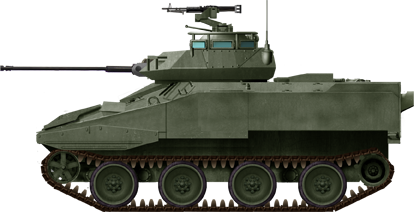
Tracked prototype of the XM-800T by FCM.
Photos
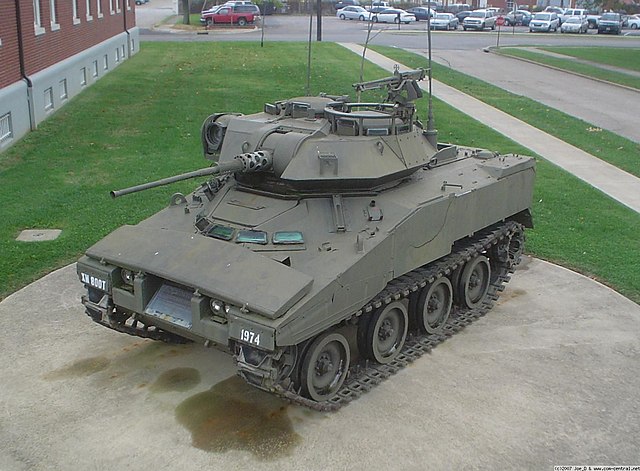
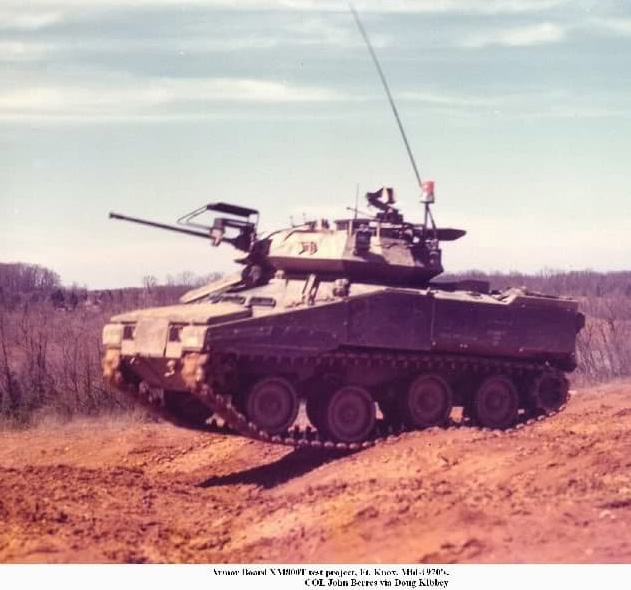
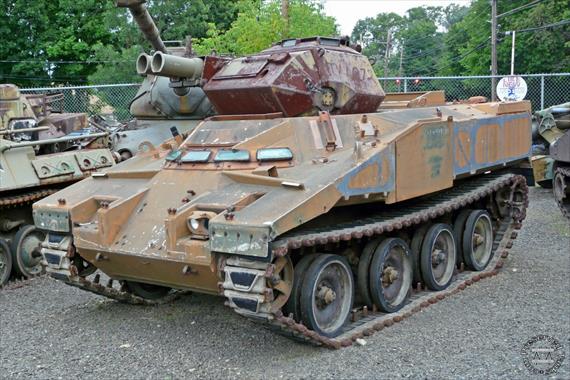
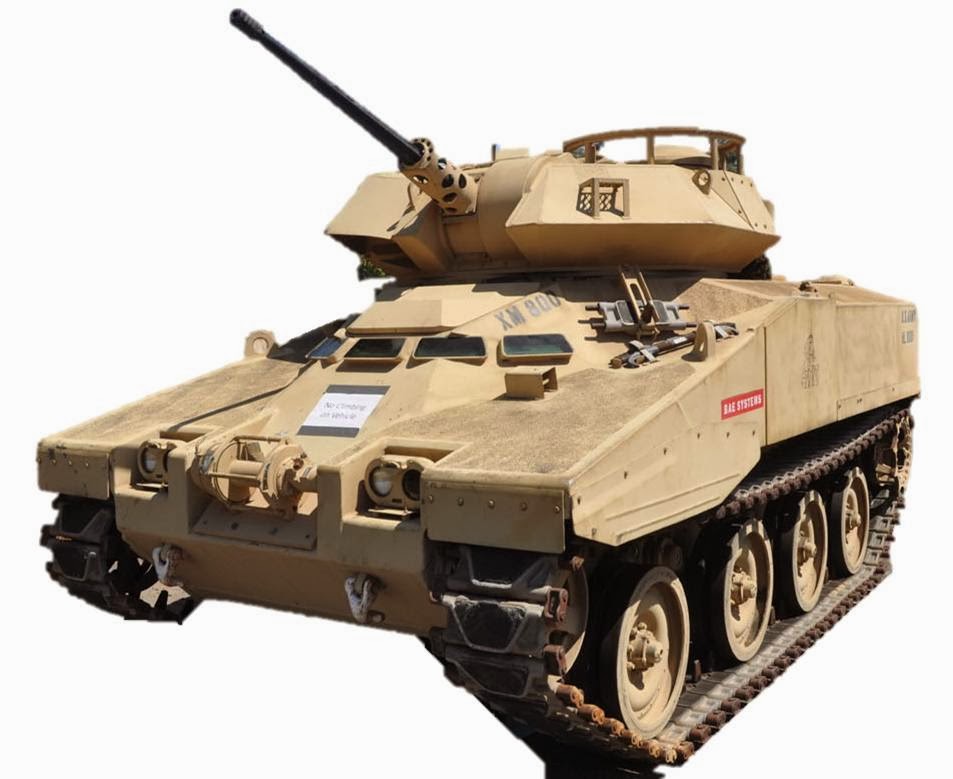
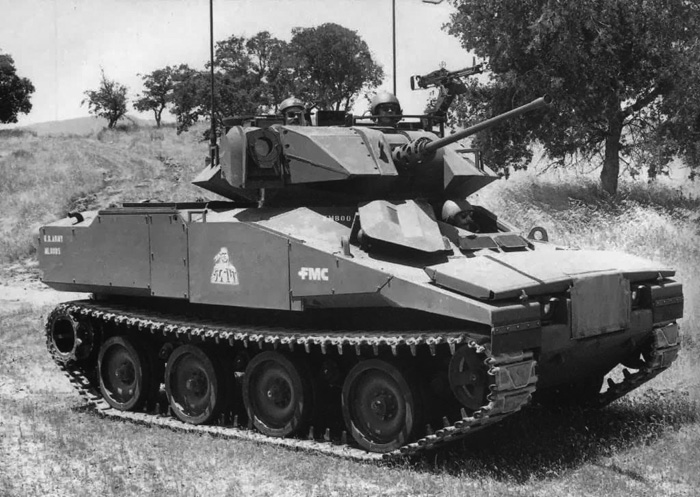
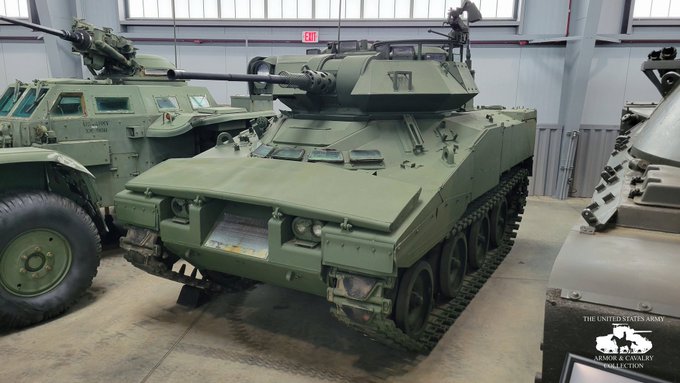
More
Links
tanknutdave.comwarfaretech.blogspot.com
pmulcahy.com
preservedtanks.com
eaglefieldfoundation.org
militaryfactory.com
en.wikipedia.org
forum.warthunder.com/
en.wikipedia.org/wiki/Hispano-Suiza_HS.820
Video

Cold War Tanks


































Cold war tanks posters

Cold War Main Battle Tanks

Cold War Soviet Army
Museums, Movies, Books & Games
The Tanks and Armor in pop culture
Tanks and armored vehicles in general are only really grasped when seen first person: The mass, the scale, it's all there. Explore also the way tanks were covered in the movie industry, in books and in video games.Movies:
Best tanks movie on warhistoryonline.com
On imdb.com
On bestsimilar.com/
miltours.com
liveabout.com/
watchmojo.com
Video Games:
pcgamesn.com
historyhit.com
levvvel.com
vg247.com/best-tank-games
mmobomb.com/
alienwarearena.com

